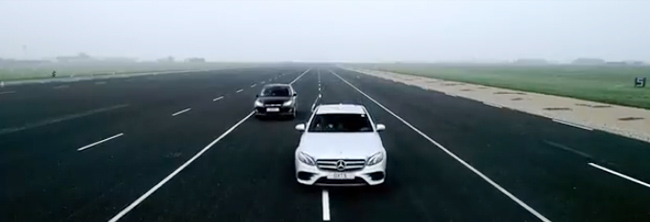ABOUT US
History
Global Partners
Corporate Philosophy
Certification
Recruitment
PRODUCTS
Track Testing
ADAS Test Targets
Driverless Testing Solution
INS (Inertial Navigation System)
LiDAR
Video Grabber & Playback Systems
Laboratory Testing
Driving Simulators
Sensor & Transducers
Consultancy Work
CONTACT US
Contact Us
Support Request
Sales Inquiry











 TOP
TOP